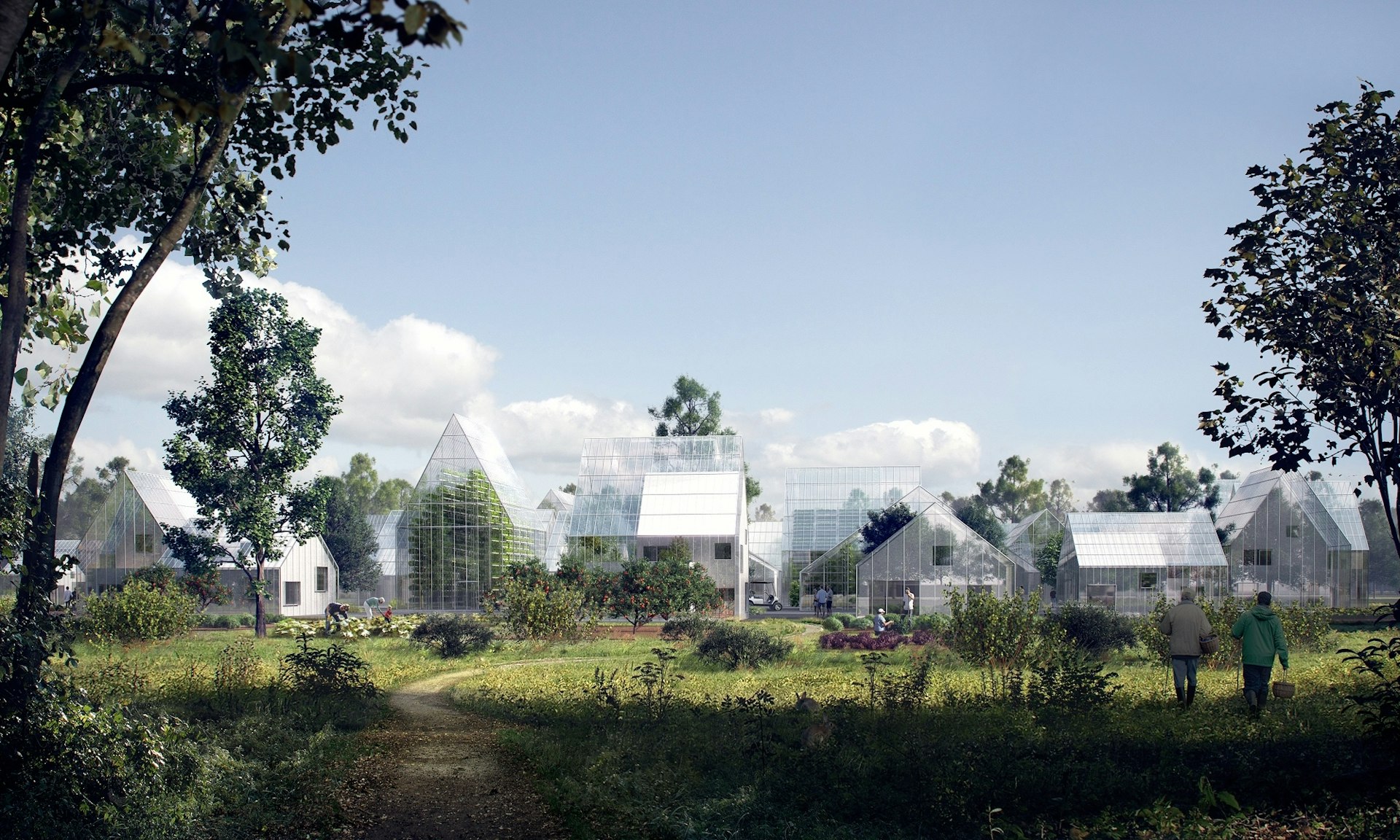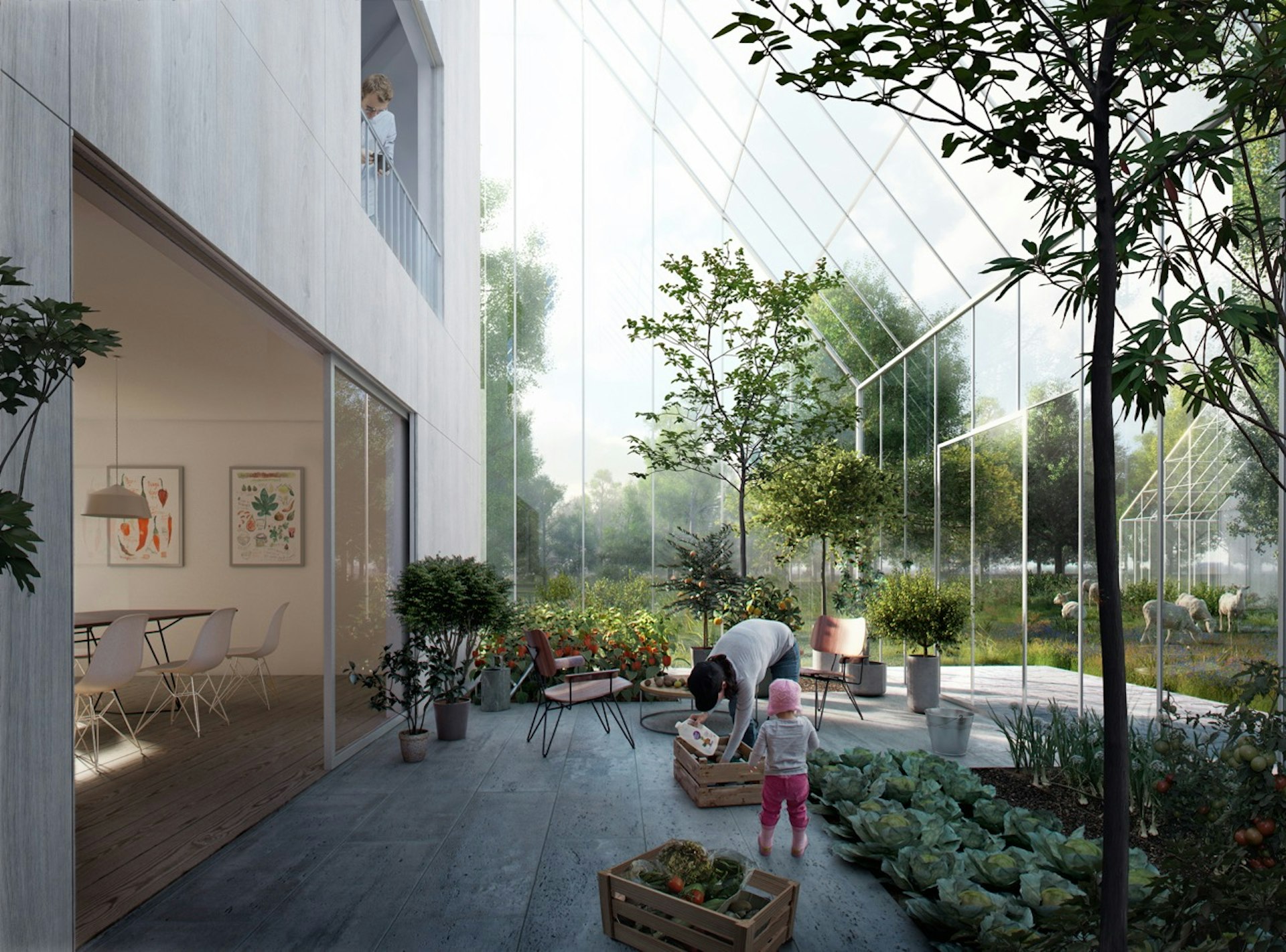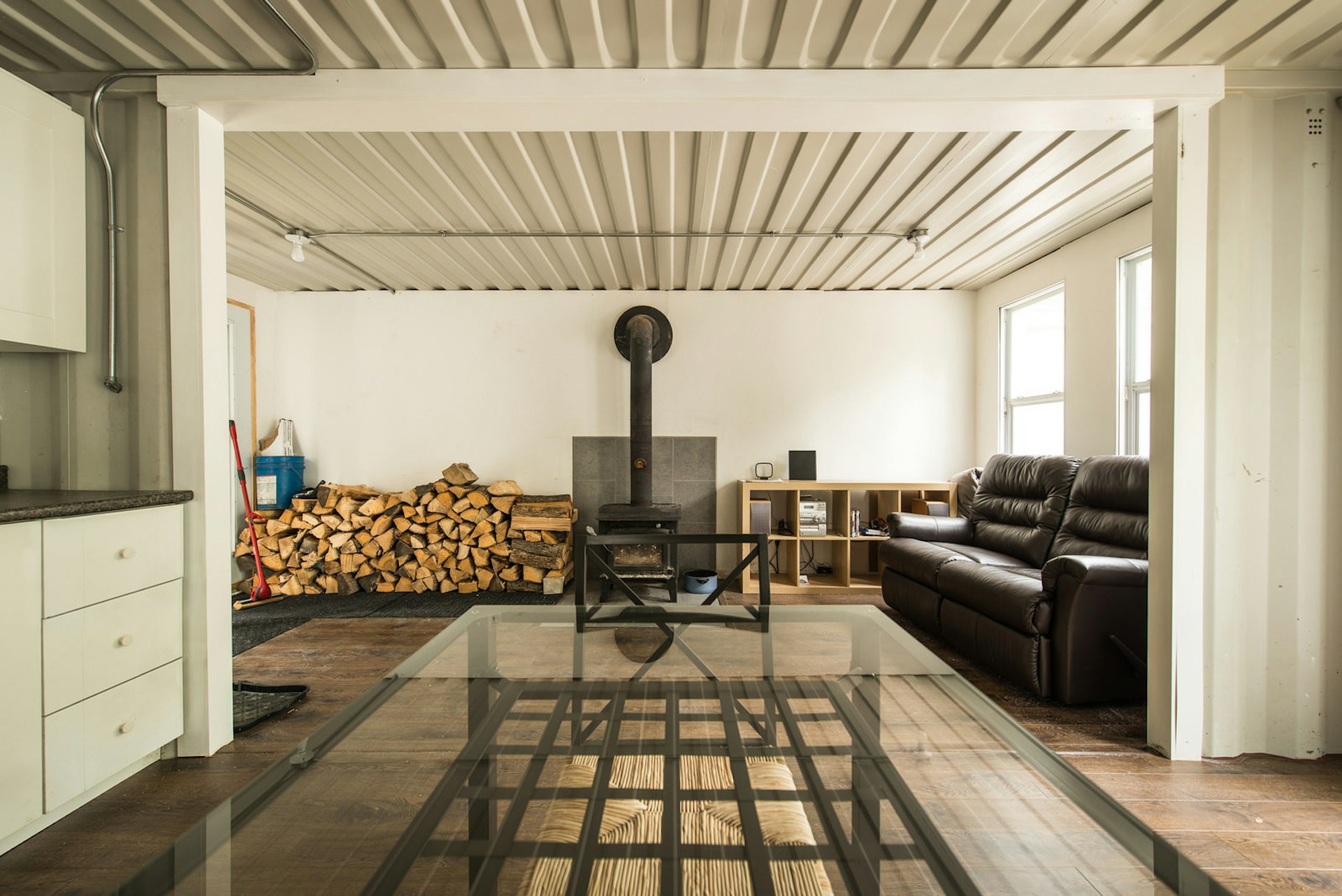
Living off-grid: Five projects taking sustainability to a whole new level
- Text by Emily Casey
- Photography by EFFEKT architects // ReGen Villages Holding, B.V.
Electric cars, 5p plastic bags and half-hearted attempts at recycling don’t quite cut it for Tyalgum, a small Australian town in New South Wales. The 300 or so residents have their sights set on something much more impressive: to be the first Australian town to disconnect itself from the country’s national electricity grid.
It’s a bold plan, and for now they’re still working on becoming completely sufficient on renewable energy that they can produce themselves.
The town might be small, but the residents collectively pay just over £400,000 a year for their electricity, a hefty chunk of cash. They’ve got their work cut out but, in the meantime, the residents of Tyalgum can take inspiration from these projects around the globe that have taken off-grid living to the next level.
ReGen Ecovillages

Tyalgum may become the first town to be taken off-grid in Oz, but ReGen Villages are planning to slowly take over the world with their purpose-built off-grid communities.
The first one is due to be completed in 2017 in Almere (just outside Amsterdam) and if it’s a success, the company plans to expand to Germany, Sweden, Denmark, Norway and eventually the Middle East.
The villages will be completely self-sufficient: from recycling water and managing waste to growing their own food and, of course, generating energy.
Exploring Alternatives
Mat and Danielle, “a couple of minimalist nomads”, downsized from a 4-bedroom house to a campervan, and are “putting the idea of living large with less to the test”.
Their YouTube channel sees them travelling to find alternative ways of living, and features interviews with people around the world who are living self-sufficiently in “tiny houses”, yurts and cabins.
Gridlessness
Previously featured on Exploring Alternatives, the ‘Gridlessness’ family (of seven!) live completely self-sufficiently in Northern Canada. They have their own YouTube channel and blog where we see them collecting birch sap (to make syrup) and managing bees.
Their off-grid house has no plumbing – which means carefully timed showers and a compost toilet – but their freedom and debt-free life won’t allow them to go back: “Gridlessness is just too good.”
Joseph Dupuis

Photo by Japhet Alvarez
Canadian Joseph Dupuis wants to help people become more self-sufficient, and has shown how we can do that with…shipping containers. Dupuis bought three old, disused shipping containers that had been used for carrying cargo between North America and Asia and converted them into one big, open-plan space.
From inside, the containers are virtually unrecognisable with huge windows and a solar-powered under-floor heating system. As a renewable energy researcher, self-sufficiency is something Dupuis is passionate about, telling the Huffington Post that he wants to help people “get out of the pocket of big banks”. Find out more about Japhet Alvarez.
Pure Living For Life
Jesse and Alyssa quit their corporate jobs just under a year ago before buying five acres of land. They now live off-grid and plan to become completely debt-free.
They post videos on YouTube and blog about their journey from city life to off-gridders, talking about their winter tips for living off-grid, how you to start your first food garden, and they have a step-by-step video guide on how to build a cedar hot tub from scratch. They also built a winter cabin from reclaimed materials, all for under $300.
Enjoyed this article? Like Huck on Facebook or follow us on Twitter.
